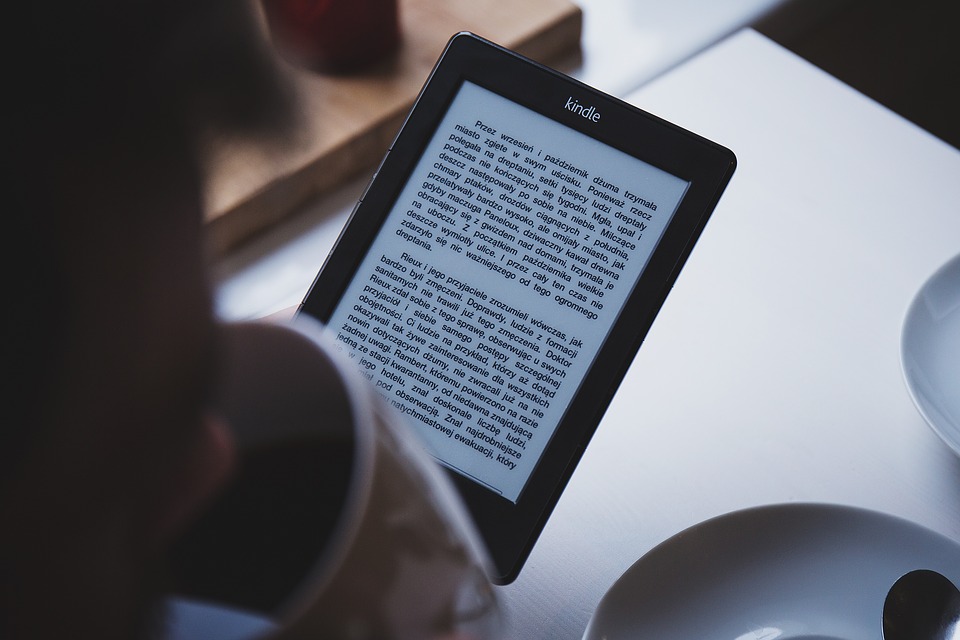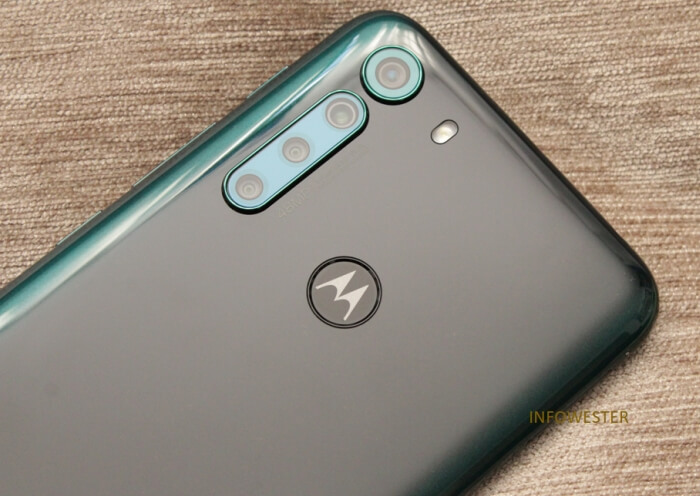There are two main types of cell phone screens on the market: LCD and OLED/AMOLED , with each technology being able to have sub-types, so to speak.
OLED / AMOLED panels display more vivid colors and deep black, for example, which is why they tend to equip more sophisticated cell phones.
The LCD technology, in turn, does not have as much depth of black and can have a slightly impaired view when the user is not exactly facing the device. On the other hand, LCD screens are cheaper and often appear on entry-level or mid-range smartphones, although they can also equip advanced models.
I prefer and recommend OLED / AMOLED phones, but there are great options with LCD. If you opt for the latter technology, prefer panels of the IPS LCD type (or similar, such as LPTS LCD), as, as a rule, this variety offers more image quality.
Size is a matter of taste. Most current smartphones have screens with dimensions ranging between 5 and 7 inches.
But pay attention to the resolution parameter: for screens with 6 inches or more, give preference to models that have full HD or full HD+ (1080p) resolution . HD / HD+ (720p) displays are also good, but the full HD resolution allows the screen to show more detail.
2. Processor: the item that determines the cell phone category
In the Android universe, there are three major processor manufacturers (but not the only ones): Qualcomm, MediaTek and Samsung. The former is a leader in the segment and its chips are divided into four main categories:
- Snapdragon 4xx: for entry-level or entry-level smartphones;
- Snapdragon 6xx: for mid-range smartphones;
- Snapdragon 7xx: for premium mid-range smartphones;
- Snapdragon 8xx: for high-performance smartphones.
If you’re looking for a basic smartphone, a model with a Snapdragon 4xx chip should do the trick. If you want a bold phone, but not too expensive, options with Snapdragon 6xx and Snadpragon 7xx are interesting. Models with Snapdragon 8xx are an option for those looking for a smartphone with plenty of processing power.
MediaTek processors almost always equip entry-level or mid-range phones, so they are often an option for those who prioritize cost-effectiveness over performance.
In the case of Samsung, the brand’s chips are called Exynos and often equip the company’s own smartphones. There are several options, with the Exynos 2100 appearing as the company’s most advanced processor as of this writing.
In all cases, the tip is to think about what you expect from the smartphone (basic use, some advanced tasks or high performance) and opt for a model with a corresponding chip. It is worth searching for the name of the processor on Google to know which category it fits into.
Obviously, the more advanced the processor, the more expensive the cell phone tends to be.
3. RAM memory: at least 4 GB
By current standards, the smartphone should have at least 4GB of RAM. And 6GB or 8GB? These are much more interesting capabilities, as they allow for heavy (resource-intensive) applications, especially games, to run more fluidly.
A high amount of RAM also makes it easier to switch between open apps, as well as run concurrent tasks (leaving a music app running in the background while you do something else, for example).
More than 8 GB of RAM is not interesting? Course is. The problem is that high amounts can increase the cost of the device and do not always bring a noticeable performance gain.
For most users, options ranging from 4GB to 8GB of RAM are fine.
4. Storage: the more the better
Data storage capacity. The more the smartphone has, the better. Why? Simple: photos, videos and apps, for example, can take up a lot of space, so it’s best to have as generous a amount of storage as possible.
By today’s standards, it’s recommended to get a phone that has at least 64GB of storage, but 128GB (or more) is the ideal number.
If the cell phone in your sights has 64 GB or less, check if, on the other hand, the device has a microSD card slot .
5. Cameras: quantity and megapixels
Today, it is very difficult to find a smartphone that has a single camera on the back. Most models offer three or four cameras there (or more). They can mainly be used for:
- Depth: helps to make photos with blurred background;
- Macro: suitable for photos very close to the object;
- Wide-angle (ultrawide): Makes the camera frame a larger area than usual.
These options are interesting, but the main camera is the most important, after all, it is the one you will use most often. So, find out about its features.
The most outstanding parameter is usually the number of megapixels of the camera sensor. The higher this number, the more resolution the image has and, therefore, the greater the magnification of the photo without losing sharpness.
Motorola phone with four cameras on the back
But, contrary to what many people think, the logic of “the more megapixels, the better the camera” is not true, as the quality of the component is defined by several other factors.
Therefore, it is advisable to search for the cell phone model that interests you to find out if camera reviews (and other features) have been published on specialized websites, forums and the like.
It is valid to have a minimum amount of megapixels, however. For the main rear camera, it is worth considering a sensor with at least 12 megapixels; for the front camera (for selfies), a sensor with at least 8 megapixels is ideal.




